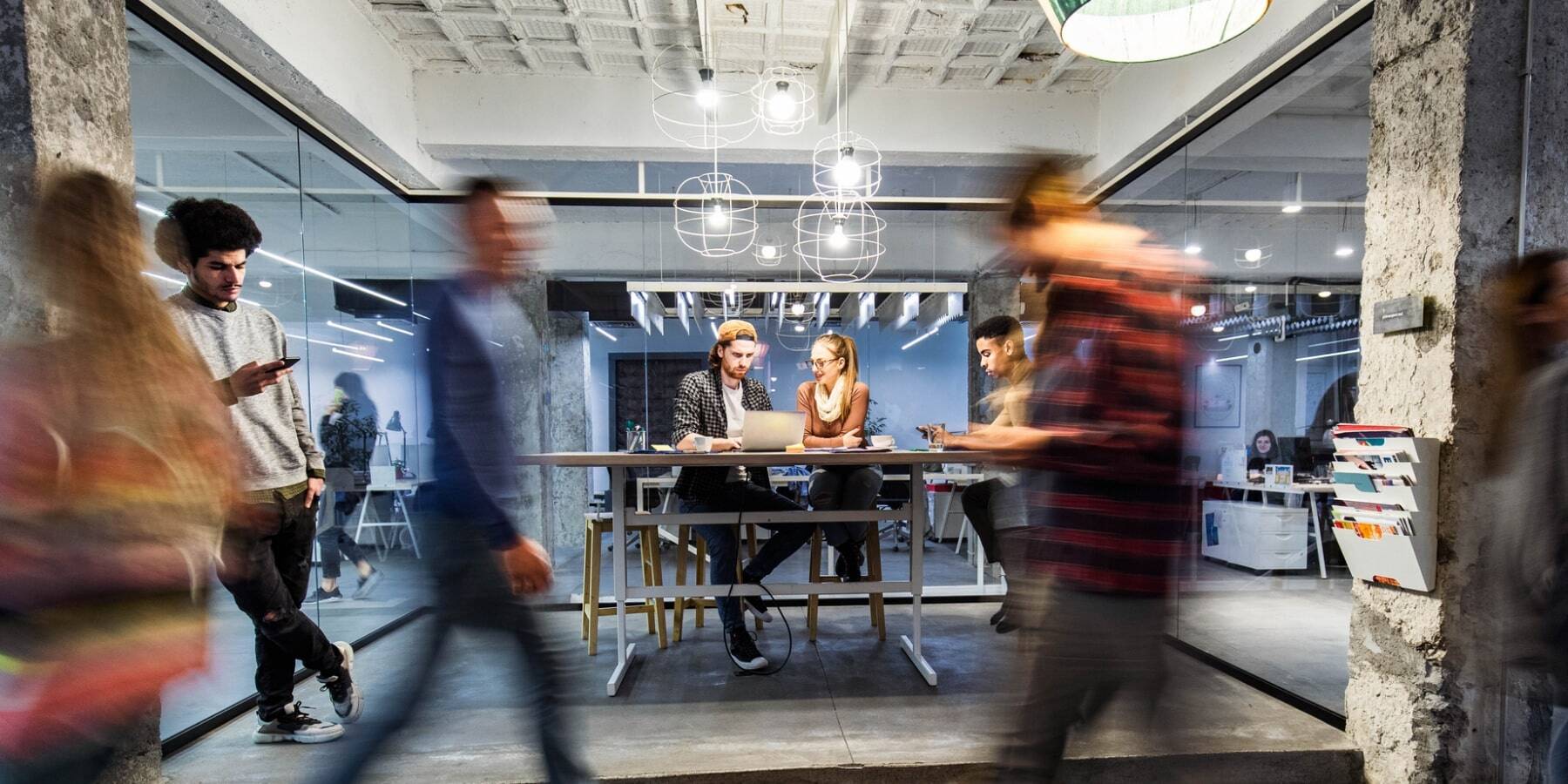5 Data-Driven Strategies for Building Employee-Centric Workplaces

VergeSense is the industry leader in providing enterprises with a true understanding of their occupancy and how their offices are actually being used.
Employee-centric workplaces have become the foundation of successful organizations. With varying flexible workplaces strategies ensuring teams have what they need to be productive when in the office is crucial for success. Offices that lack diverse space mixes, the right technology, or necessary amenities can negatively impact employee experience and hinder productivity.
As workplace leaders, making sure that spaces support the diverse needs of employees requires thoughtful planning and the right strategies. During the 4th Occupancy Intelligence Summit, Noel McNulty, Director of Global Real Estate and Workplace Operations at Twilio, shared his approach to navigating a remote-first workplace strategy while creating employee-centric work environments. Here are 5 key takeaways that can help you transform your workplace.
1. Prioritize In-Person Collaboration
Even in a remote-first environment, in-person collaboration remains invaluable. It fosters deeper connections, strengthens team culture, and gives employees the opportunity to collaborate in ways that remote tools can’t replicate. Since transitioning to a remote-first strategy, Noel and his team have prioritized supporting employee experience, culture and enablement and engagement. with face-to-face interactions, ensuring they continue providing a positive employee experience.
Through their open work program, teams come together at least once a year at one of their seven office locations. They are also piloting a coworking program to explore how they can further support globally distributed employees. By integrating periodic in-person gatherings, Twilio maintains strong relationships while embracing the flexibility of remote work.
Key Takeaway: Regular in-person gatherings help strengthen team connections and enhance collaboration, even in a remote-first environment.
2. Invest in the Right Technology
Reliable collaboration tools like video conferencing, project management software, and file-sharing platforms are essential for remote-first teams, but just as important is the ability to gather and analyze data. One of the biggest challenges global workplace leaders face is understanding how the office is being used. Data offers a clear picture, allowing you to assess whether your spaces meet employee needs.
Noel and his team rely on a mix of data sources, including sensor data, badge data, ticketing data, and employee feedback, to capture insights on office usage across their global office spaces. With this information, they can make data-driven decisions that impact office design and space optimization, from right-sizing meeting rooms to determining which amenities best support employee functionality. Additionally, data provides clarity on budgeting for redesigns, helping align stakeholders early in the process.
Key Takeaway: Use data-driven tools to gain insights into office usage and employee behavior, enabling smarter design and optimization decisions.
3. Optimize Office Design with Data-Driven Insights
Transitioning to a remote-first strategy requires a shift in how you think about office space. Instead of viewing the office as a place for daily, heads-down work, Noel and his team began to look through an event-focused, hospitality-centric lens. Their goal was to create a workplace akin to the ballroom floor of a hotel, with meeting rooms and breakout spaces that support small and large team gatherings.
By closely analyzing space usage patterns, they were able to identify and recreate spaces that were in high demand, while repurposing areas that saw less use. This intentional approach to design ensures that when employees come into the office, they find environments that foster collaboration, creativity, and connection.
Key Takeaway: Reimagine the office as an event-focused space, using data to create environments that employees will actually want to use.
4. Use Occupancy Data to Streamline Operations
A dynamic workplace strategy requires dynamic operations. Occupancy data ensures that you aren’t wasting time, money, or resources on day-to-day operations. Noel and his team know employees aren’t in the office five days a week, but when they are, it’s crucial that they have everything needed to be productive.
By closely examining occupancy peaks and usage trends, Noel can predict when employees will be in the office and ensure adequate supplies, food, and amenities. For instance, they know that Mondays and Fridays are typically quieter, while Tuesday, Wednesday, and Thursday have higher occupancy rates, guiding their decision to provide lunch on the busier days.
Key takeaway: Occupancy trends help streamline operations, support sustainability initiatives, and predict when employees will be in the office.
5. Stay Curious and Innovative
The evolution of the office is far from over. Employees are still adjusting to new norms, and companies are constantly seeking ways to optimize workplace strategies. As Noel explains, data is a crucial tool for understanding workplace dynamics—it allows you to address the questions at hand while thinking ahead to the questions that haven’t been asked yet.
Key takeaway: Stay curious and use occupancy data to drive innovation, taking the next step in building better workplaces.
Building Employee-Centric Workplaces with VergeSense
Employee-centric workspaces aren't just a trend—they’re an essential part of the future workplace. By applying these 5 tips from Noel’s Occupancy Intelligence Summit session, you can create spaces that empower, engage, and support your workforce in meaningful ways.
Employee-centric workplaces aren’t just a trend—they’re an essential part of the future workplace. By applying these 5 tips from Noel’s Occupancy Intelligence Summit session, you can create spaces that empower, engage, and support your workforce in meaningful ways.
Noel and his team transformed Twilio’s seven global office locations into event-focused hubs for collaboration and team meetings, with data playing a central role in this transformation. They used data not only to understand office usage trends but also to enhance the employee experience through informed design and operational decisions.
Interested in learning more about using data to design employee-focused spaces? Discover how you can create a more engaging and efficient workplace today.